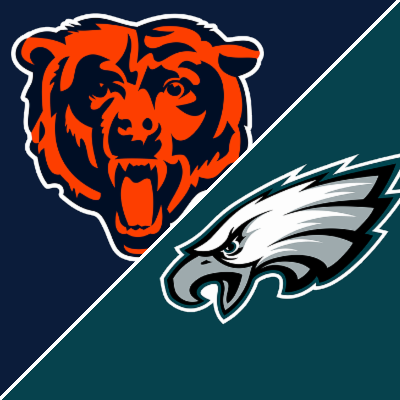UFC Today: The Evolution and Impact of Mixed Martial Arts
In recent years, the Ultimate Fighting Championship (UFC) has emerged as a thrilling sports phenomenon, captivating audiences worldwide. The UFC today is not just about fighting; it is a cultural touchstone that intersects sports, entertainment, and even business. As of 2023, the organization is at the forefront of mixed martial arts (MMA), boasting a roster of elite fighters, groundbreaking events, and a fanbase that continues to expand exponentially.
What is UFC?
Founded in 1993, the UFC has evolved from a small tournament showcasing various martial arts styles into the world’s leading MMA promotion. According to Wikipedia, the UFC hosts numerous events each year, attracting millions of viewers. These events feature a range of weight classes and disciplines, showcasing athletes who have honed their skills in martial arts, boxing, wrestling, and more.
The Growth of UFC Today
The rise of the UFC can be attributed to several key factors. First, the organization has successfully marketed itself as an entertainment brand. Major pay-per-view events, such as UFC 200 and UFC 229, have drawn record audiences and generated significant revenue. The UFC’s comprehensive media strategy includes partnerships with major broadcasters like ESPN, allowing fans to follow their favorite fighters and events closely.
Moreover, the UFC has embraced the power of social media. Fighters such as Conor McGregor and Ronda Rousey have not only achieved fame within the octagon but have also utilized platforms like Instagram and Twitter to engage with fans, further expanding the UFC’s reach.
The Impact of UFC on Sports Culture
The UFC today has transcended the sports arena, influencing global sports culture. It has introduced unique training regimens, dietary guidelines, and even mental conditioning programs that have been adopted by athletes across multiple disciplines. The crossover between MMA and other sports is notable, with several athletes from traditional sports, such as football and basketball, taking an interest in fighting.
Furthermore, the UFC has positively affected various aspects of society. The promotion encourages values such as respect, discipline, and hard work, showcasing athletes who often come from challenging backgrounds. The success stories of fighters resonate with many fans, making the sport relatable and inspirational.
UFC and Women in Sports
Another significant aspect of the UFC today is its commitment to promoting female fighters. The introduction of women’s divisions has paved the way for female athletes to compete at the highest level. Fighters like Amanda Nunes, who was the first female fighter to headline a UFC event, have broken barriers and set new standards in professional sports.
The success of female fighters in the UFC has not only empowered women in sports but has also contributed to the growing acceptance of women in combat sports in general. This shift reflects broader societal changes regarding gender equality and representation, making the UFC a leader in promoting diversity in athletics.
Innovations in Broadcasting and Fan Engagement
The UFC’s approach to broadcasting and fan engagement has been revolutionary. With the rise of digital streaming, the UFC introduced its own streaming service, UFC Fight Pass. This platform allows fans to access exclusive content, including live events, documentaries, and classic fights, making it easier than ever to follow the sport.
In addition, the UFC has leveraged virtual reality and augmented reality to enhance the viewer experience, allowing fans to feel as if they are part of the action. The organization’s commitment to technology demonstrates its understanding of the evolving landscape of sports entertainment and the need to engage fans on multiple platforms.
Challenges Facing UFC Today
Despite its success, the UFC today faces several challenges. The ever-increasing competition from other promotions and combat sports organizations requires the UFC to innovate continually. Promotions like Bellator and ONE Championship are gaining popularity and offering lucrative contracts to top fighters, leading to a competitive landscape.
Additionally, the UFC must navigate issues related to fighter safety, mental health, and public perception. The organization has made significant strides in ensuring fighter welfare, but the pressure of competition and the desire for success can have adverse effects on athletes. The UFC’s ability to address these challenges will be vital to its continued success in the coming years.
The Future of UFC
Looking ahead, the UFC appears poised for continued growth and excitement. As international markets expand, the organization has opportunities to reach new audiences in countries where MMA is rapidly gaining popularity. Moreover, ongoing developments in training techniques and sports science will undoubtedly enhance athletic performance, raising the stakes in future fights.
With its dynamic roster, innovative broadcasting, and commitment to inclusivity, the UFC is not merely a sport; it is a continuously evolving entity that shapes and reflects contemporary culture. As the UFC today continues to thrive, it will undoubtedly remain a central figure in the sports world for years to come.
Conclusion
The UFC today is an amalgamation of athleticism, entertainment, and cultural significance. As it continues to grow and evolve, the organization remains committed to promoting the sport of mixed martial arts, bringing together fans from all walks of life. Whether a seasoned fan or a newcomer, the UFC offers something exciting and new to discover with every event.








